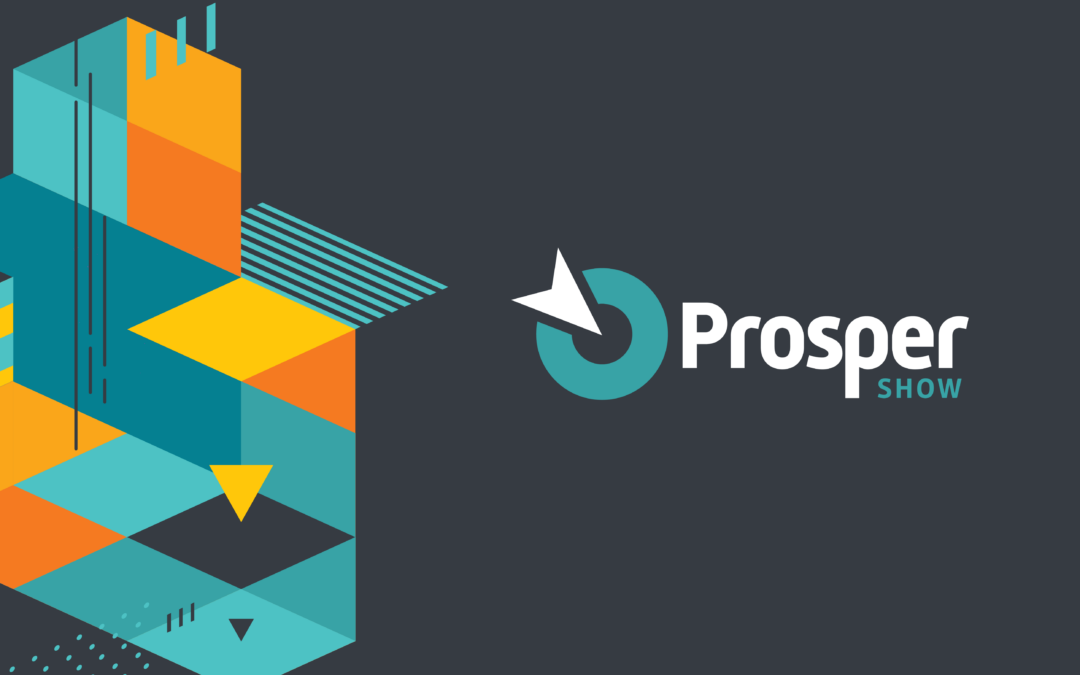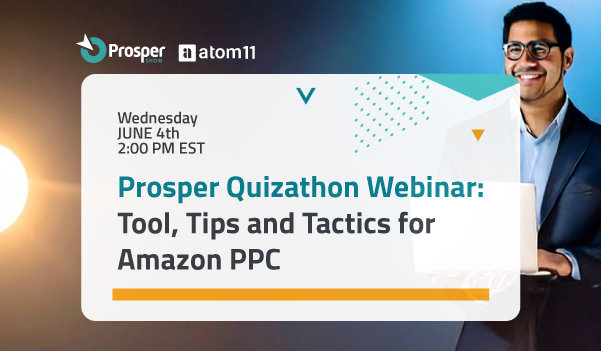As you seek to grow your company, it’s important to focus on marketing strategies that will produce the biggest return on investment. Marketing tactics can be classified as either interruption or permission-based. Some companies are more suited to the former, others to the latter. Other organizations prefer a mix of the two.
Here’s a closer look at the pros and cons of interruption and permission marketing.
Interruption Marketing
As the name suggests, this type of marketing interrupts a person’s attention. Television advertisements are prime examples. You could be enjoying your favorite program when an ad cuts in unexpectedly to pitch a product or service. Spam is another example. It pops into your inbox and demands your attention, even though you didn’t solicit it in any way. Telemarketing and pop-up ads are additional types of interruption marketing.
Pros and cons
The great thing about interruption marketing is that it delivers results in a hurry, but it presents a number of drawbacks, too. First, it ticks people off. They can become so irritated by these uninvited communications that they simply tune them out or, worse, develop hostile feelings toward them and their source. The other problem is that they are “one-size-fits-all.” Marketing tactics are more effective when they cater to a specific target audience. Interruption marketing focuses on volume rather than appealing directly to the most viable potential customers. Interruption marketing tends to be very expensive and rarely delivers a high return on investment.
If you do want the quick returns that come from interruption marketing, find ways to soften your approach. For example, if you send spam emails, make it easy for people to unsubscribe.
Permission Marketing
Permission marketing is, as the name suggests, any type of marketing that you have received permission to deliver. For example, you can send e-newsletters to customers who have “opted-in.” Marketing over Facebook is another example. People have to send you a request before they can pitch their business to you.
Pros and cons
Permission marketing is more cost-effective since it allows you to hone in on your target audience rather than marketing to the masses. You can focus on different groups according to age, gender, profession, income, and more. And rather than making one-and-done contact with people or entities, you can deliver a series of personalized communications that help you foster long-term relationships. The disadvantage of permission marketing is that it takes time. You’ll spend longer creating and executing permission-based marketing campaigns, and your results will probably trickle in at a slower pace.
The marketing method that you choose will depend on your target audience, budget, resources, timeline, and the nature of your product or service. Note, however, that technology has produced a raft of methods for people to avoid interruptive tactics. (Think spam filters, “don’t call” registries, pop-up ad blockers, etc.) On the whole, most marketers agree that permission-based efforts are the better investment
To learn more about effective marketing strategies for online sellers, attend Prosper Show.



Recent Comments